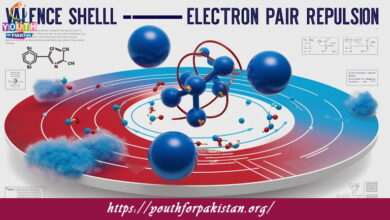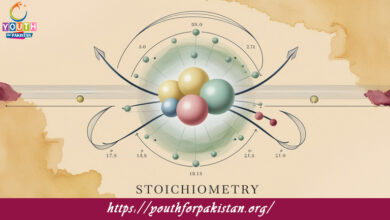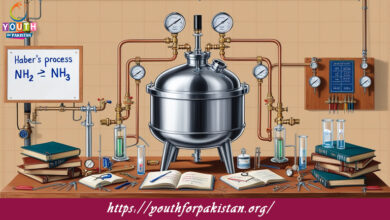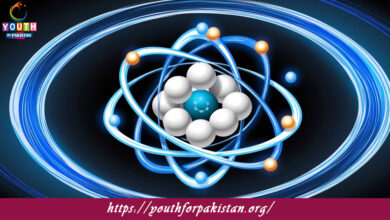Phenols Reactivity MDCAT Quiz with Answers
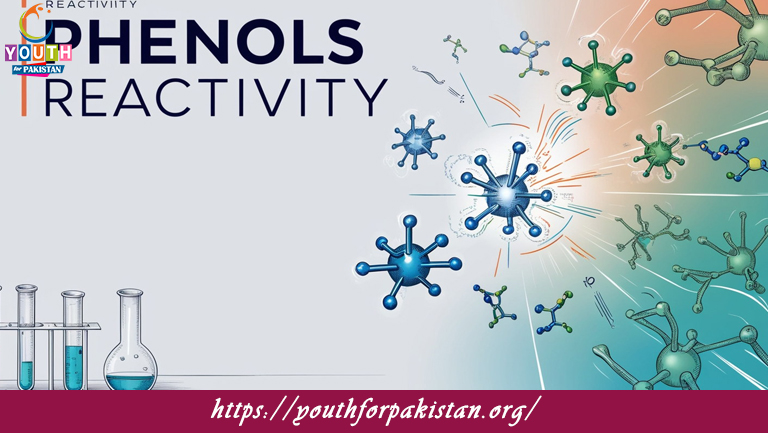
Phenols Reactivity MDCAT Quiz is a very critical topic for MDCAT students because it focuses on the diverse chemical reactions phenolic compounds undergo as a result of the hydroxyl group (-OH) attached to an aromatic ring. Phenols exhibit a difference in behavior compared to alcohols, and this property makes their behavior in reactions vital to understanding organic chemistry and to make predictions in the outcome of reactions within the MDCAT exam.
Electrophilic Aromatic Substitution: Phenols undergo electrophilic aromatic substitution reactions because the hydroxyl group on the aromatic ring is electron-donating. The presence of the hydroxyl group makes the benzene ring more reactive toward electrophiles, such that phenols react with reagents like bromine (Br₂), chlorine (Cl₂), and nitric acid (HNO₃). For example, bromination of phenol gives 2,4,6-tribromophenol. The position of substitution is influenced by the activating effect of the -OH group, which directs electrophiles to the ortho and para positions relative to itself.
Acid-Base Reactions: Phenols are weak acids and can undergo acid-base reactions with bases like sodium hydroxide (NaOH) to form phenoxide salts. The hydroxyl group releases a proton (H⁺) to form the phenoxide ion (C₆H₅O⁻), which is stabilized by resonance with the benzene ring. The phenoxide ion is a strong nucleophile and can participate in nucleophilic substitution reactions. This ability to act as an acid distinguishes phenols from alcohols, which are generally less acidic.
Reduction Reactions: The phenols can be reduced to hydrocarbons. A common reducing agent is hydrogen gas (H₂) in the presence of a catalyst, which reduces the phenol to an alkane. This type of reaction is important for the conversion of phenolic compounds into other organic molecules for further chemical processes.
Formation of Esters: Phenols can react with carboxylic acids or acid chlorides to form phenolic esters. In this reaction, the hydroxyl group of the phenol reacts with the carbonyl group of the carboxylic acid to form an ester and release water. This reaction is usually catalyzed by an acid, such as sulfuric acid (H₂SO₄). Thus, phenyl acetate is formed when phenol reacts with acetic acid.
Understanding the reactivity of phenols is essential for MDCAT students, as these reactions are fundamental in organic chemistry and play a role in both laboratory synthesis and industrial applications.
Quiz: Test Your Knowledge of Phenols Reactivity
Our MDCAT Quiz on phenols reactivity will help you test your knowledge of various chemical reactions that phenols undergo, including electrophilic substitution, acid-base reactions, reduction, and ester formation. The quiz provides practical questions to reinforce your understanding and prepare you for reactivity-based questions in the MDCAT exam.
Free Flashcard: Key Insights on Phenols Reactivity
Our Free Flashcard set on phenols reactivity provides a concise summary of the key reactions that phenols undergo, such as electrophilic substitution and esterification. These flashcards will help you quickly memorize and recall essential information for the MDCAT exam.
Experience the real exam environment with our expertly designed collection of over 25,000 MCQs MDCAT Mock Tests.



